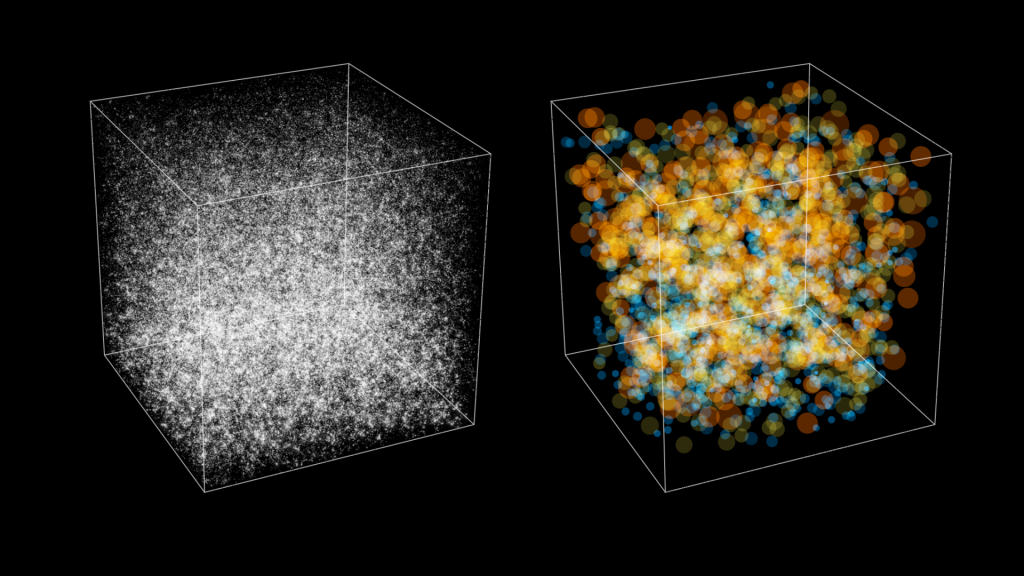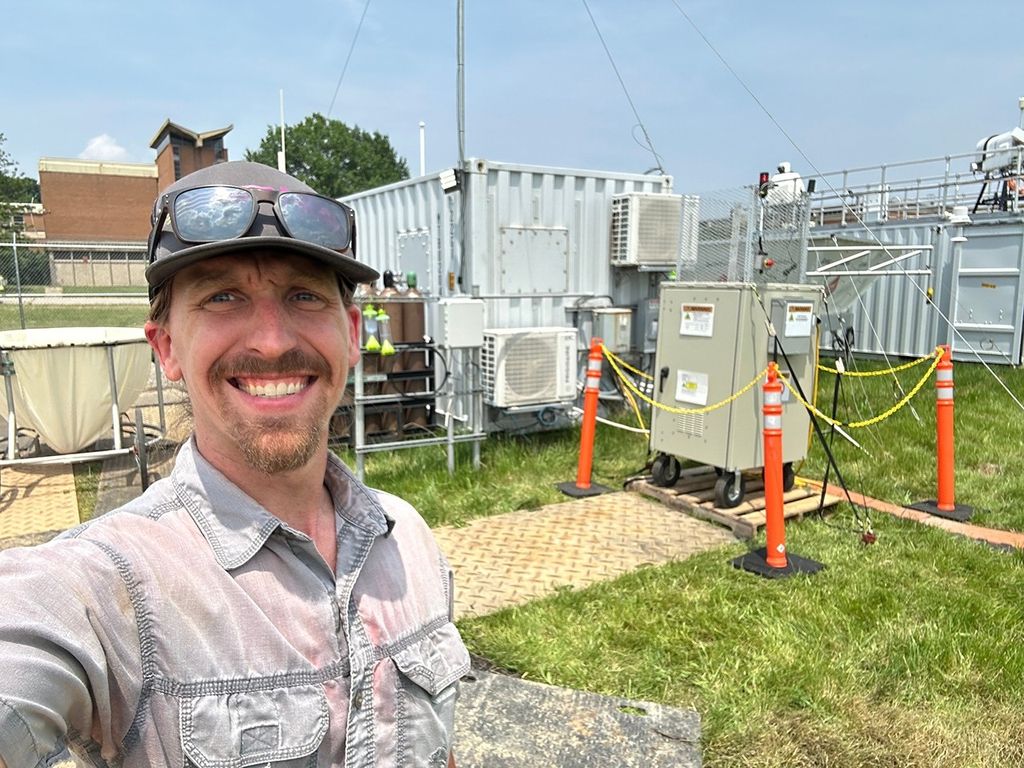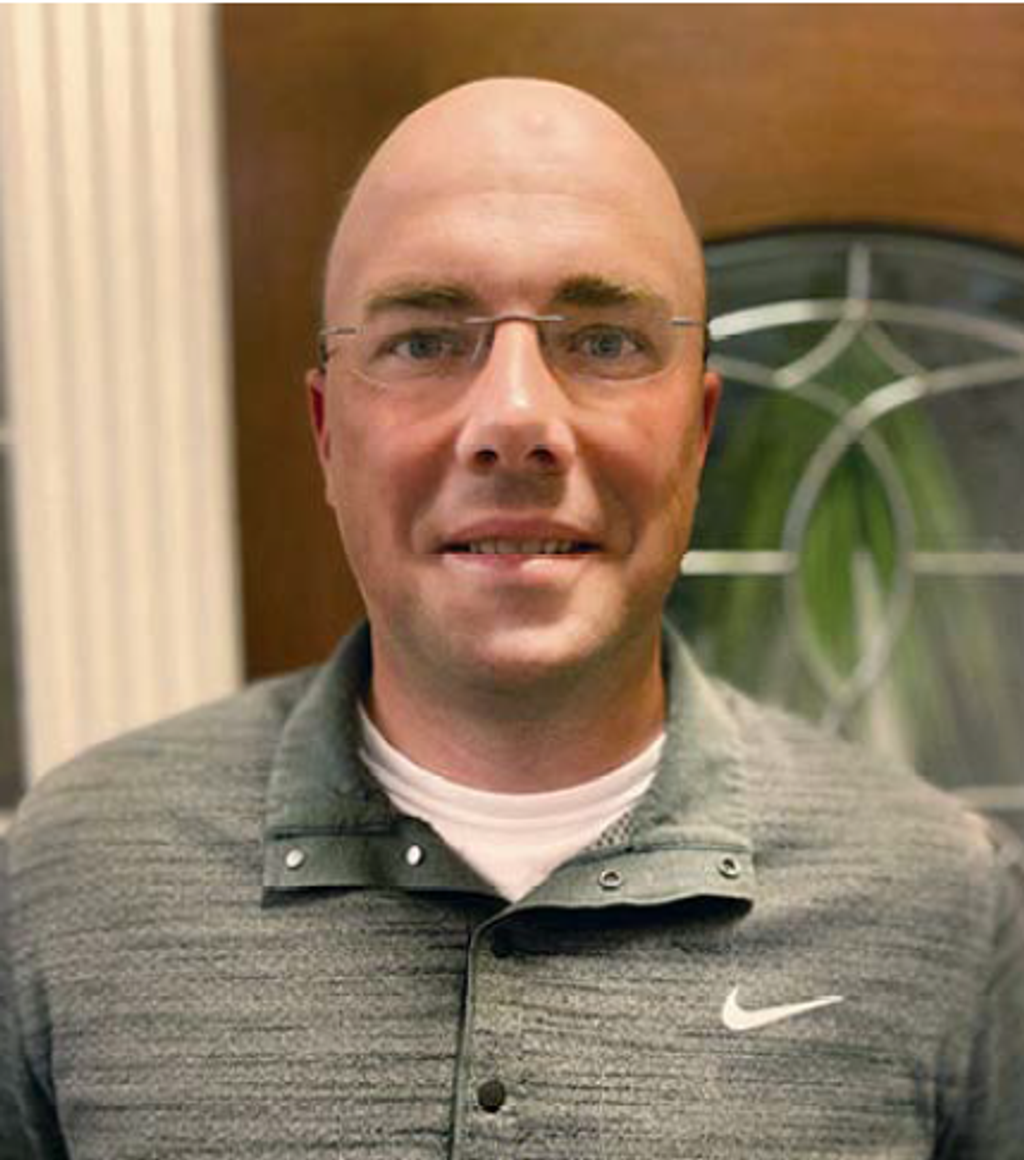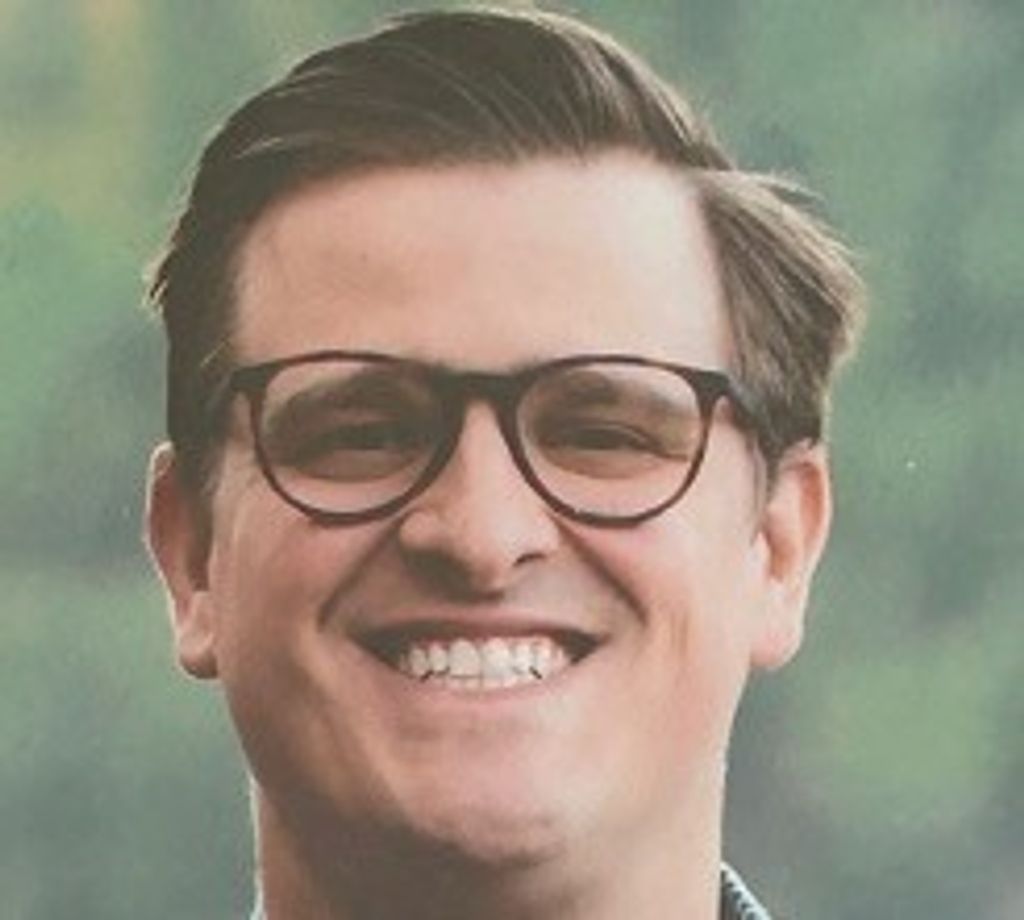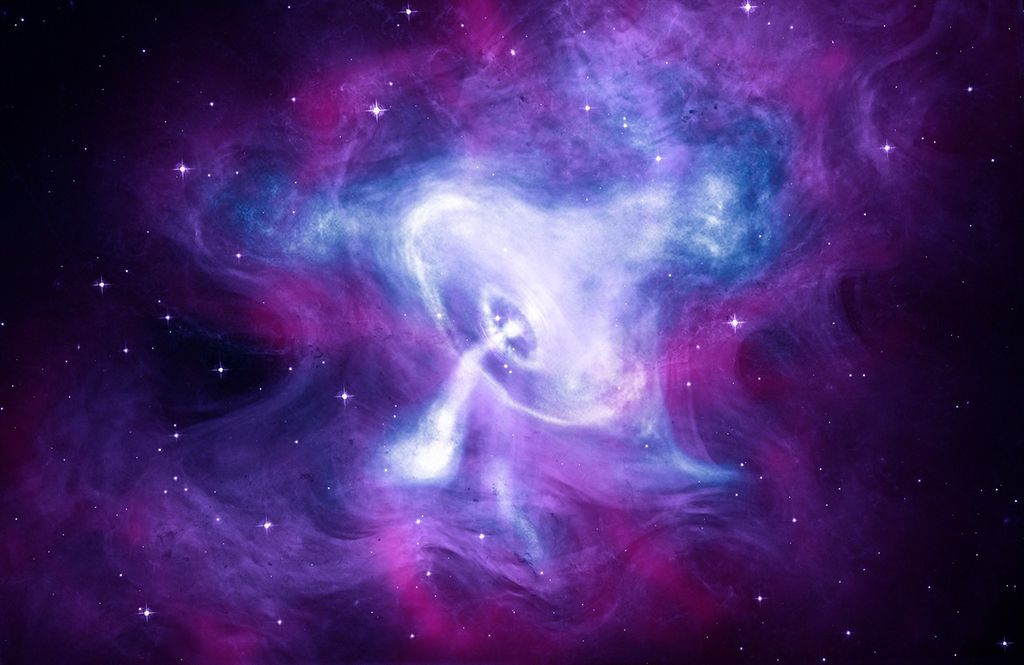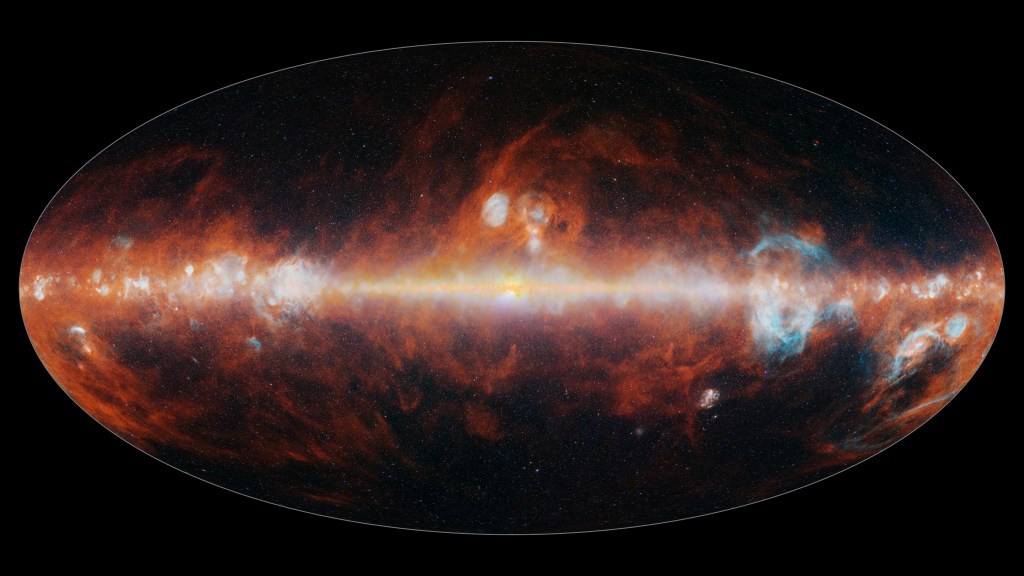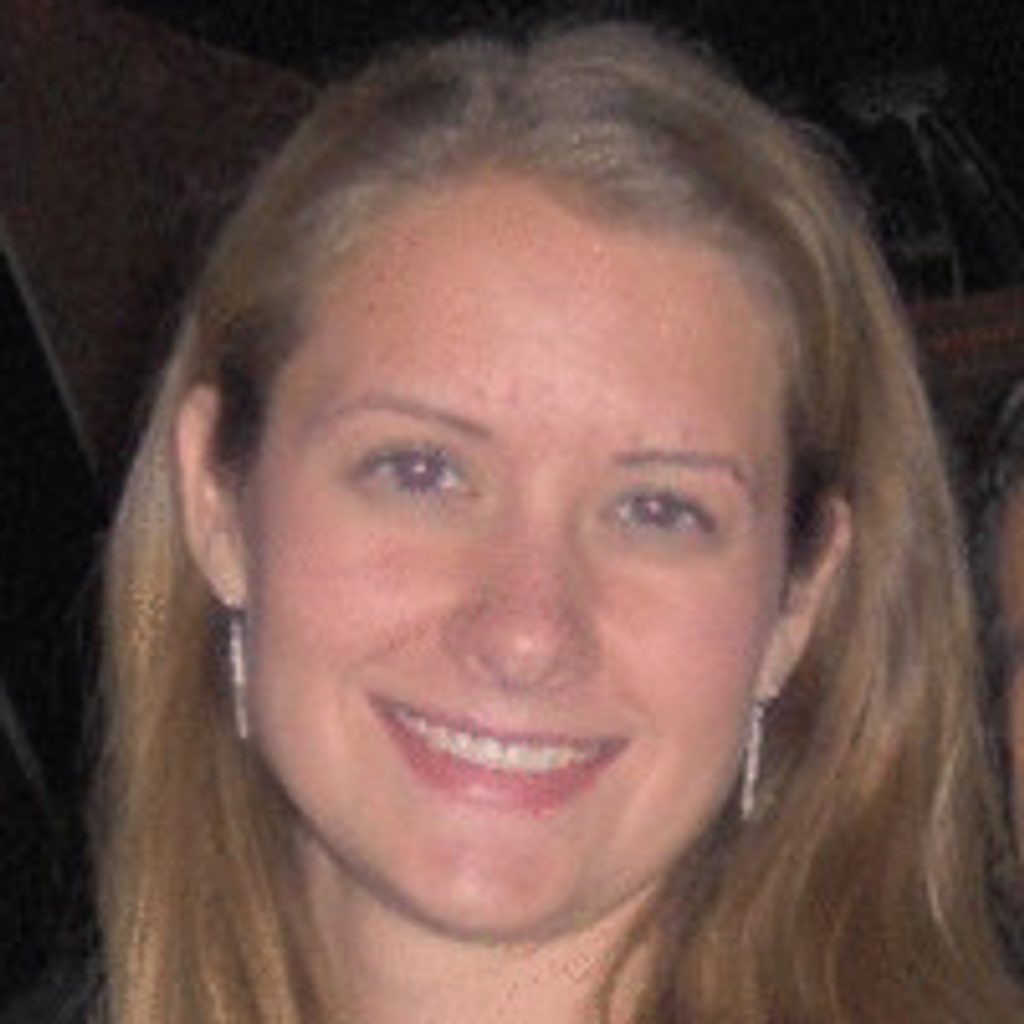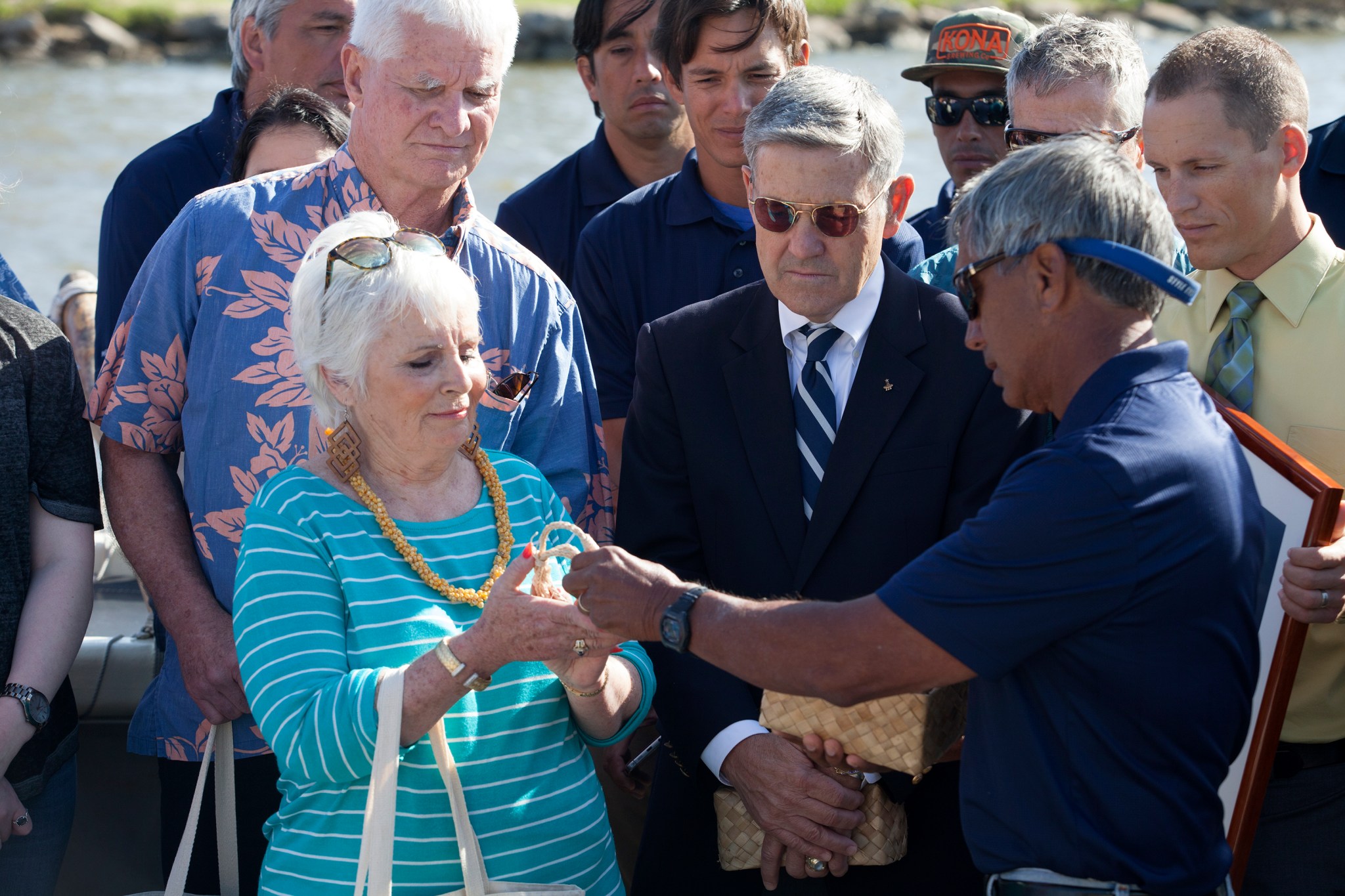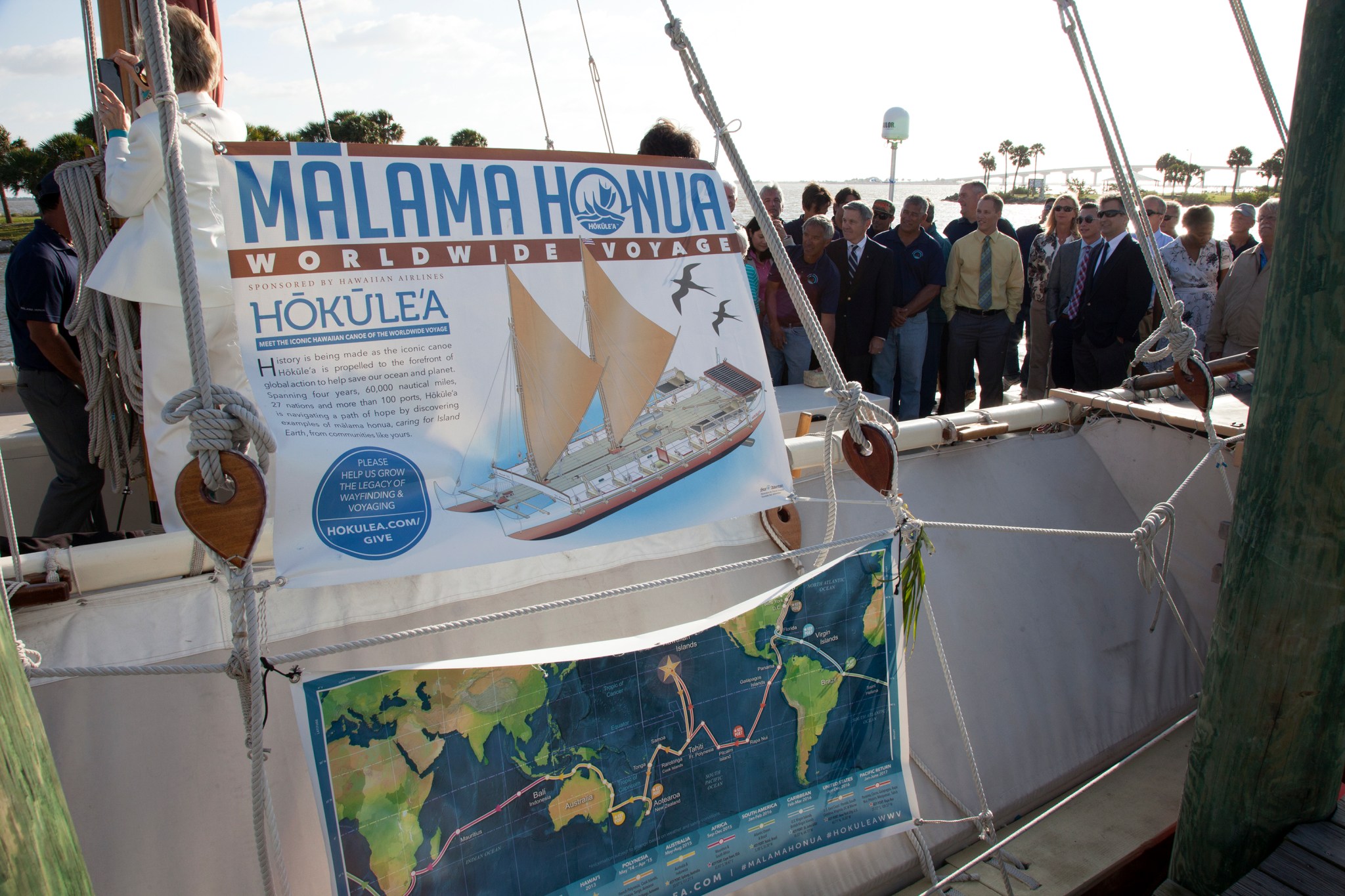Steering cutting-edge spacecraft above the planet and through space on natural forces is not that different from guiding a ship of ancient design over the oceans and seas on the Earth, sailors from the Polynesian Voyaging Society and Kennedy Space Center director Bob Cabana agreed during a ceremony near the Florida spaceport.
“We sail on a giant space of ocean and they fly in a giant ocean of space,” said Nainoa Thompson, captain of the Hakulea, a traditional Hawaiian double-hulled oceangoing canoe strong enough to carry its crew on a trip around the world. “We sail on this ancient vessel of our ancestors from two to three thousand years ago, and today we get to see the ships of our children. I humbly would say that there are parallels when you look at the power of exploration and power of discovery.”
Thompson and a crew of 14 are sailing the 62-foot-long, 20-foot-wide, catamaran-style vessel around the world to teach the art and science of navigating the seas in the same manner used 2,000 years ago by Polynesian sailors. They do not use western instruments during long stretches of the trip, but have them onboard in case of safety needs.
The trip started in Hawaii in 2014 and has stopped in Australia, India, South Africa, Brazil and the Caribbean before going back to Hawaii. The crew changes regularly to give people all over the world – usually teachers, educators and students – the chance to learn the skills and play a role in the overall voyage.
Cabana, a veteran of four space shuttle missions including the first to assemble the International Space Station, said astronauts have to work closely and as a dedicated team to have the same success traveling through space as the crews sailing on a ship.
“What a crew does on a sailboat is not that much different from what a crew does on a shuttle as far as doing what needs to be done,” Cabana said.
For master navigator Bruce Blankenfield, the key is carefully reading all the signs around the boat to figure out the best path. The waves, wind, sun and stars all offer crucial signs around the clock to show the crew where they are and where they are going. Blankenfield made his first trip in 1977 on the same vessel that docked near Kennedy.
“At the Cook Islands several years ago, three of the shuttle astronauts came on board, and one of the things they were talking about was body vectors of the shuttle and the stars,” Blankenfield said. “It’s the same concept we use here. Keep the sun off your beam, and the astronauts said they did the same thing with the shuttle to keep the heading.”
NASA’s navigators have built up an enviable record of success steering rockets into precise corridors, then guiding spacecraft through intricate maneuvers that use as little fuel as possible but put the ships on course to reach distant worlds ranging from the moon and Mars to Jupiter and, in the case of New Horizons, Pluto.
While the Earthbound sailors use the winds and waves of this planet to give them an efficient route through the oceans, space travelers, whether human or machine, try to ride the natural strength of gravity wells to assist them.
“I have the highest respect and regard for the astronauts because I know it’s dangerous,” Thompson said, “but at the same time I know they are like us: the purposes that we sail and that they fly outweighs the risk. The other piece is that success is really determined by how well you prepare.”
The stop in Titusville, which included a tour of the space center and a presentation to the Kennedy workforce, also focused on honoring the memories of two Hawaiian astronauts, Charles “Lacey” Veach and Ellison Onizuka. Both astronauts have passed away, but Thompson said their memories are held tight to inspire the team as they travel the world at a 4-knot pace.
“Today’s the day to honor our Hawaiian astronauts, but today is also the day to see the power of NASA,” Thompson said. “It’s really important that people understand the need to explore.”
Veach’s widow, Alice, took part in the ceremony along with her daughter and three grandchildren.
“I really feel Lacey’s spirit here today,” she said. “The friendships that he made stayed with him always. Everyone is Hawaiian today.”



